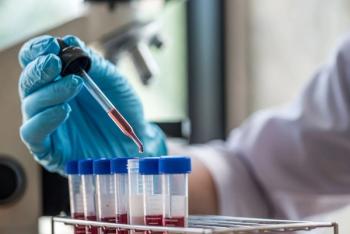
Features of polycythemia vera (PV) can easily be misattributed to other causes, such as iron depletion or arterial hypertension.
Jared is a freelance writer for The American Journal of Managed Care® (AJMC®), and previously worked as a senior editor for HCPLive® at MJH Life Sciences®.
He has an MA from University of Sioux Falls. You can connect with Jared on LinkedIn.

Features of polycythemia vera (PV) can easily be misattributed to other causes, such as iron depletion or arterial hypertension.

Overall survival, cancer-specific survival and progression-free survival were all negatively affected by elevated C-reactive protein levels, this study found.

The article suggests the inflammatory components of myasthenia gravis have been underexplored in the effort to develop new therapies.

Positive expression levels of the biomarker were more common in adenocarcinoma than in squamous cell carcinoma, among patients who had non–small cell lung cancer (NSCLC).

The study also found, however, that transplant outcomes appear to be worse for Black African American patients who have primary myelofibrosis (PMF), although the study utilized a small sample size.

Patients with myelofibrosis (MF) who achieved a spleen response while taking ruxolitinib and lost it had survival outcomes similar to patients who did not respond, according to results from a real-world study.
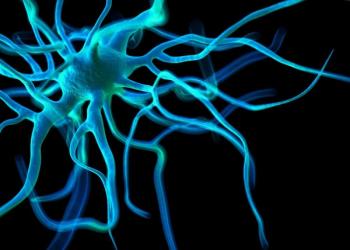
A different type of test may improve diagnosis for some patients with myasthenia gravis (MG).

The authors identified 2 subgroups with non–small cell lung cancer (NSCLC) who had different responses to common cancer therapies.

The results of the futility analysis also suggest the therapy leads to significant clinical benefits.

The authors say newer treatment options for small cell lung cancer (SCLC) may lead to improvement in this area of high unmet need.

Evidence suggests as many as 29% of people with myeloproliferative neoplasms (MPN) or myelodysplastic syndrome (MDS)/MPN have chronic kidney disease.

The study found 143 loci where somatic copy numbers were varied based on genetic ancestry.
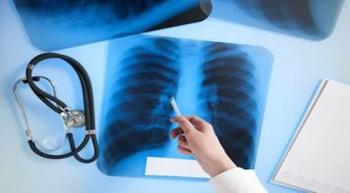
Overall survival and recurrence-free survival showed substantial improvement when physicians more closely followed quality recommendations for non–small cell lung cancer (NSCLC).

The patient, an 83-year-old man, experienced onset of myasthenia gravis after a severe SARS-CoV-2 infection.
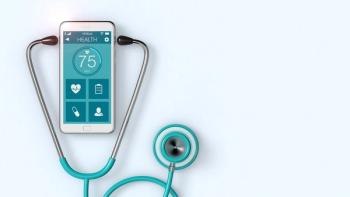
The report helps clarify the urban/rural divide in cancer outcomes and the digital divide in telehealth access.

The method had high rates of sensitivity and specificity, although its sensitivity was somewhat lower in cases of localized prostate cancer.
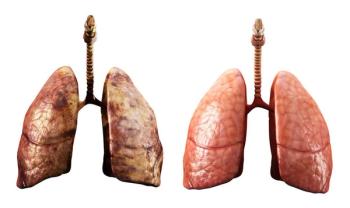
Artificial intelligence (AI) improved detection of actionable lung nodules without leading to higher rates of false positives, the study found.

Even patients with the mildest symptoms of myasthenia gravis said they experienced negative quality-of-life (QOL) effects from the disease.

Such cases of eosinophilic esophagitis (EoE) are rare, but they can be treated with the typical therapies for EoE.

A study attempted to see how symptoms affect quality of life after adjusting for confounding factors.

The bill could have saved CMS about $26.5 billion had it been in place from 2018-2020, the study showed.

The exact reasons for the links are not yet clear, although some evidence suggests inflammation plays a role.

This new study examined uptake and use of a digital tool meant to aid in diabetes prevention.
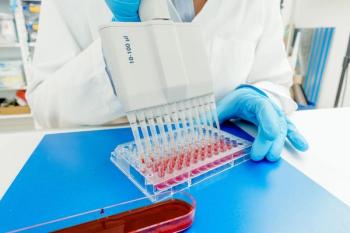
The findings from among patients with myasthenia gravis (MG) could point the way to a potential new drug target, the authors said.

First steps include assembling equity data and reaching out to veterans’ advocacy groups.

The report also suggests that ataxia telangiectasia and Rad3-related protein inhibition could be a valuable tool to overcome resistance.

Patients were also more likely to stay in treatment longer when their care was delivered virtually, a new survey has found.

The report suggests that high-resolution micro-ultrasound could help identify clinically significant lesions that would be missed with conventional MRI.

This new study has found different labs followed similar practices, but the way they scored patients varied significantly.

A new review article shows how technologies like next-generation sequencing might help clinicians tailor care for myelodysplastic syndromes (MDS).

259 Prospect Plains Rd, Bldg H
Cranbury, NJ 08512
© 2025 MJH Life Sciences®
All rights reserved.
